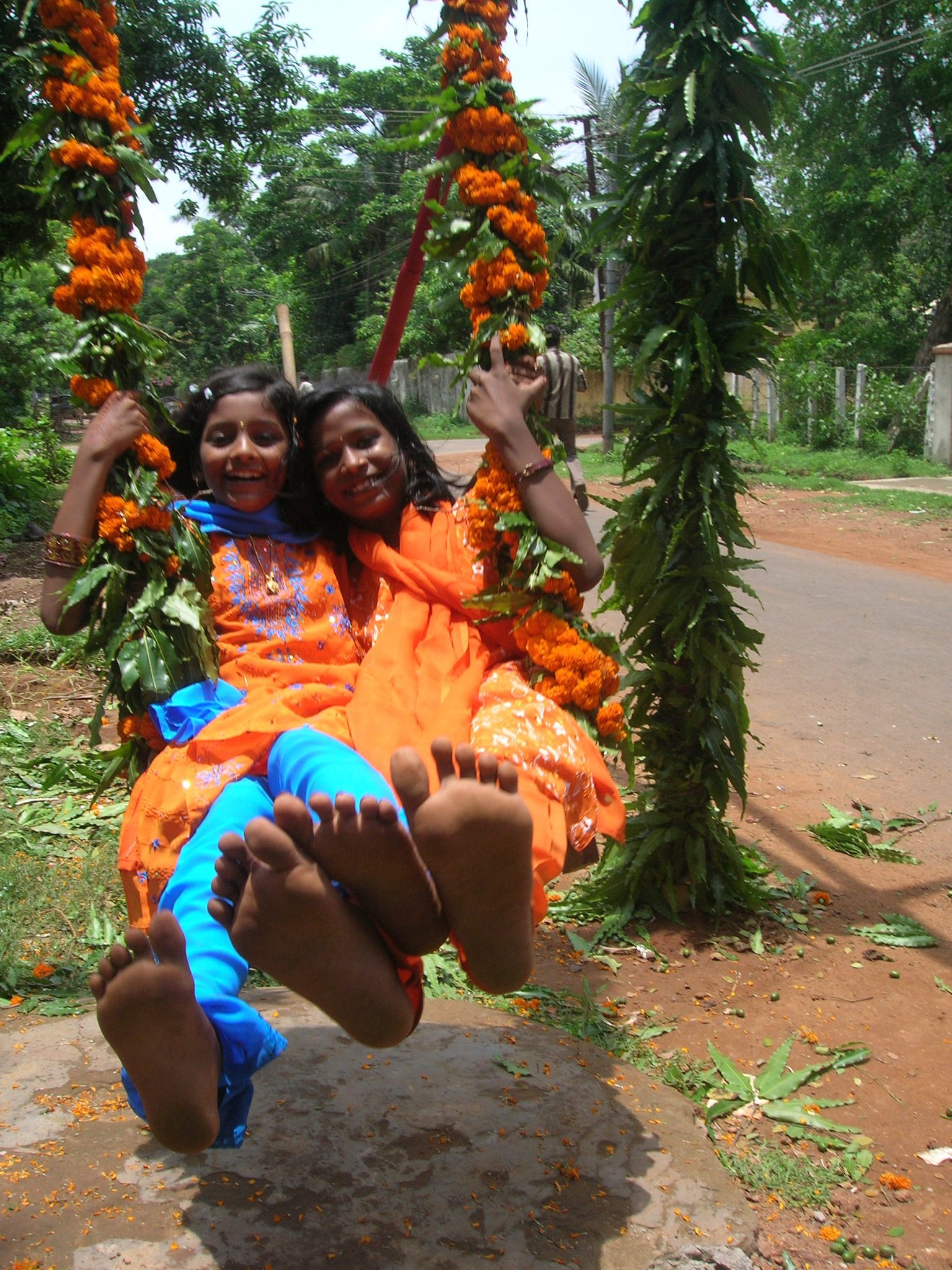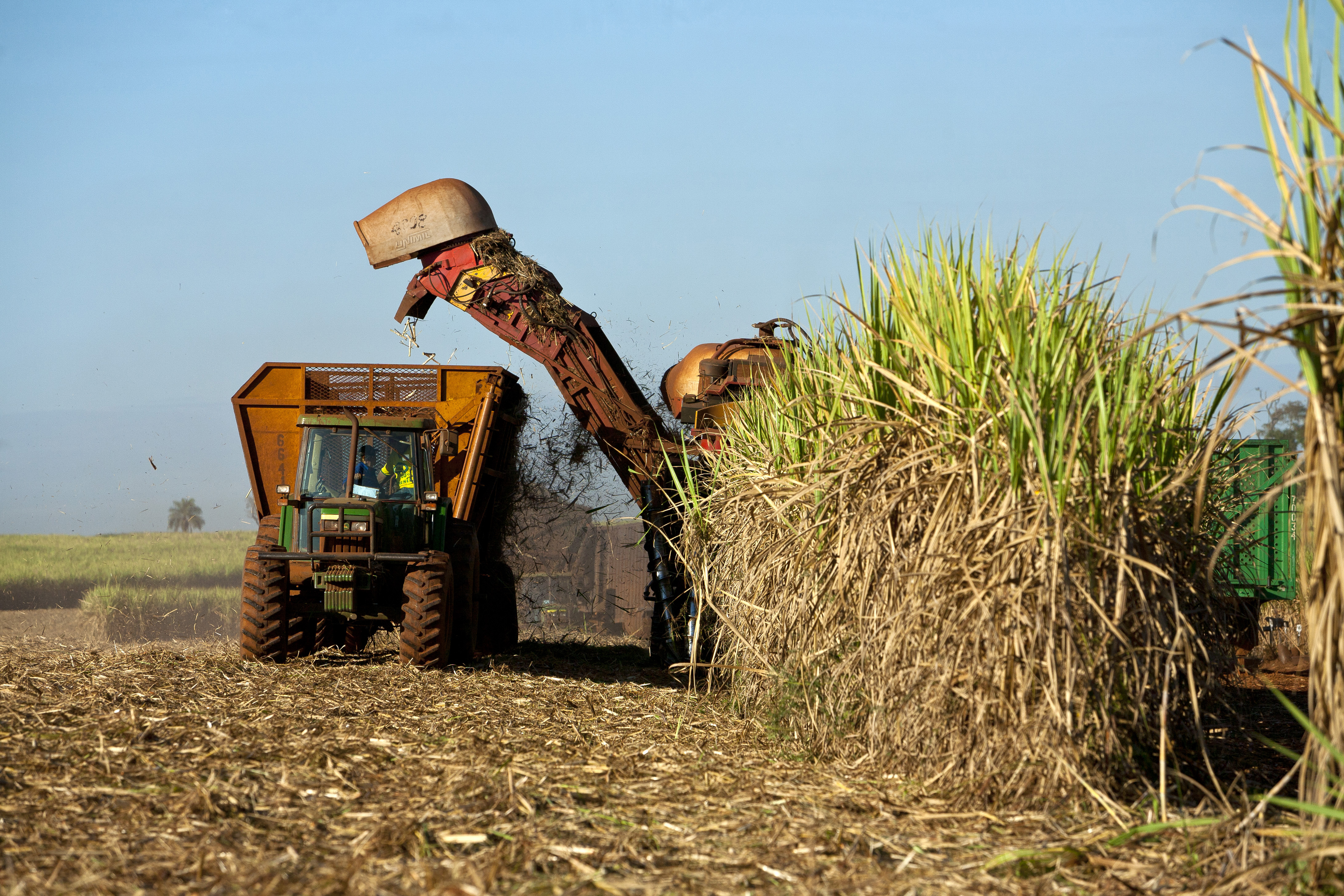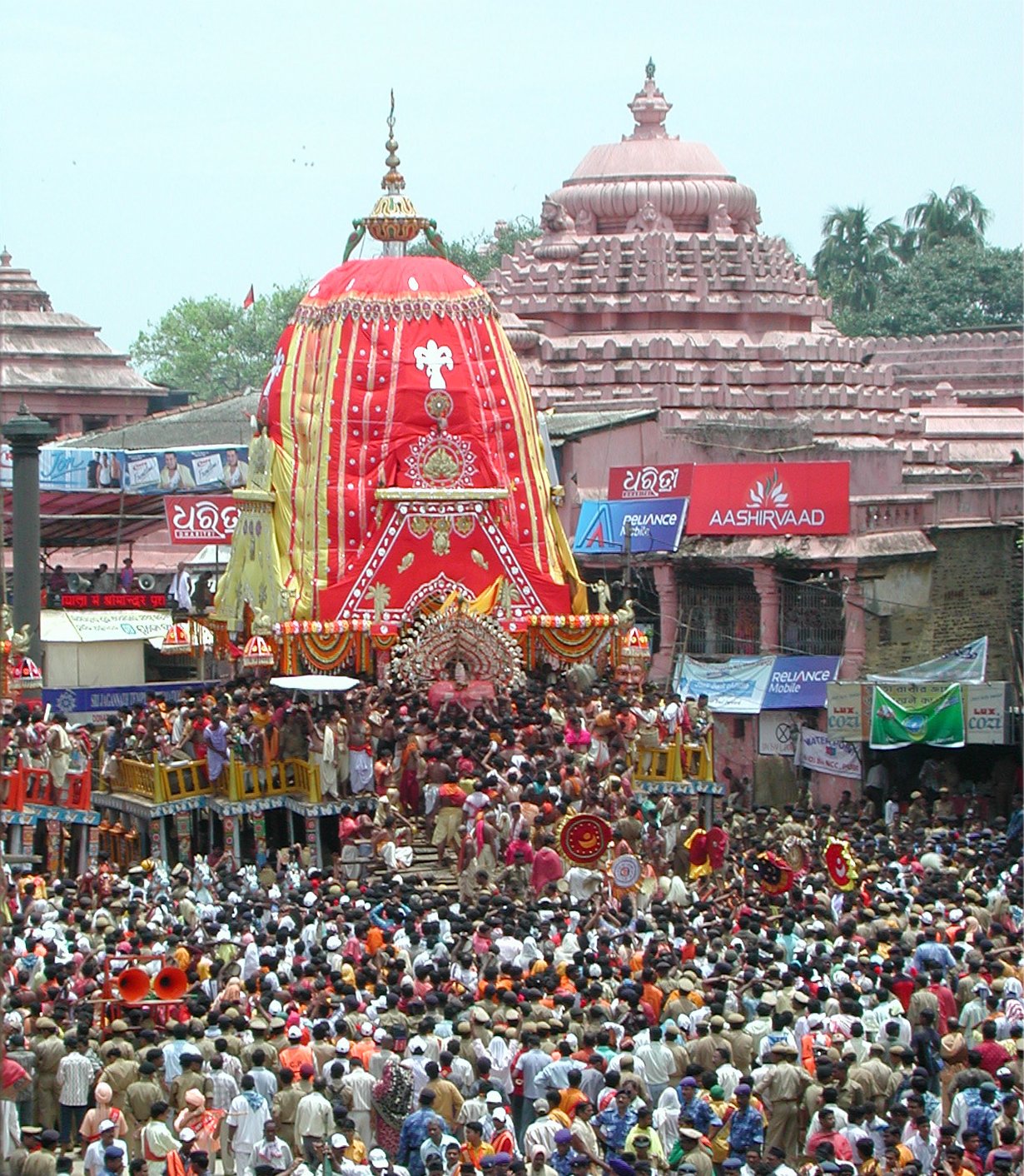|
Podo Pitha
Poda pitha (Odia: ପୋଡ଼ ପିଠା) is slow-cooked pitha. It is made by slowly baking fermented rice, black gram, grated coconut and jaggery overnight. Its crust is slightly burnt, while the inside is soft and white. ''Poda pitha'' is generally made during Raja Parba. It is served to Lord Jagannath and his siblings at Mausi Maa Temple on their way back after Ratha-Yatra, from Gundicha Temple to Jagannath Temple, Puri. See also * Odia cuisine * Raja Parba * Jagannath Temple, Puri The Jagannath Temple is an important Hindu temple dedicated to Jagannath, a form of Vishnu - one of the Trimurti, trinity of supreme divinity in Hinduism. Puri is in the state of Odisha, on the eastern coast of India. The present temple was ... References {{Indian Dishes Odia cuisine ... [...More Info...] [...Related Items...] OR: [Wikipedia] [Google] [Baidu] |
Raja Parba
Raja Parba (, ), also known as ''Mithuna Sankranti'', is a three-day-long festival of womanhood celebrated in Odisha, India. The second day of the festival signifies beginning of the solar month of Mithuna from, which the season of rains starts. Mythology It is believed that the mother Goddess Earth or the divine wife of Lord Vishnu undergoes menstruation during the first three days. The fourth day is called ''Vasumati Snana'', or ceremonial bath of Bhudevi. The term Raja came from the Sanskrit word '''Rajas''' which means menstruation and when a woman menstruates, she is called Rajaswala''' or a menstruating woman, and in medieval times the festival became more popular as an agricultural holiday marking the worship of Bhudevi, who is the wife of lord Jagannath. A silver idol of Bhudevi is still to be found in the Puri Temple beside Lord Jagannath . Rajaparba It falls in mid June, the first day is called Pahili Raja, second day is Mithuna Sankranti, third day is Bhudaaha or Bas ... [...More Info...] [...Related Items...] OR: [Wikipedia] [Google] [Baidu] |
Odisha
Odisha (English: , ), formerly Orissa ( the official name until 2011), is an Indian state located in Eastern India. It is the 8th largest state by area, and the 11th largest by population. The state has the third largest population of Scheduled Tribes in India. It neighbours the states of Jharkhand and West Bengal to the north, Chhattisgarh to the west, and Andhra Pradesh to the south. Odisha has a coastline of along the Bay of Bengal in Indian Ocean. The region is also known as Utkala and is also mentioned in India's national anthem, " Jana Gana Mana". The language of Odisha is Odia, which is one of the Classical Languages of India. The ancient kingdom of Kalinga, which was invaded by the Mauryan Emperor Ashoka (which was again won back from them by King Kharavela) in 261 BCE resulting in the Kalinga War, coincides with the borders of modern-day Odisha. The modern boundaries of Odisha were demarcated by the British Indian government when Orissa Province wa ... [...More Info...] [...Related Items...] OR: [Wikipedia] [Google] [Baidu] |
Rice
Rice is the seed of the grass species ''Oryza sativa'' (Asian rice) or less commonly ''Oryza glaberrima ''Oryza glaberrima'', commonly known as African rice, is one of the two domesticated rice species. It was first domesticated and grown in West Africa around 3,000 years ago. In agriculture, it has largely been replaced by higher-yielding Asian r ...'' (African rice). The name wild rice is usually used for species of the genera ''Zizania (genus), Zizania'' and ''Porteresia'', both wild and domesticated, although the term may also be used for primitive or uncultivated varieties of ''Oryza''. As a cereal, cereal grain, domesticated rice is the most widely consumed staple food for over half of the world's World population, human population,Abstract, "Rice feeds more than half the world's population." especially in Asia and Africa. It is the agricultural commodity with the third-highest worldwide production, after sugarcane and maize. Since sizable portions of sugarcane and ma ... [...More Info...] [...Related Items...] OR: [Wikipedia] [Google] [Baidu] |
Jaggery
Jaggery is a traditional non-centrifugal cane sugar consumed in the Indian Subcontinent, Southeast Asia, and Africa. It is a concentrated product of cane juice and often date or palm sap without separation of the molasses and crystals, and can vary from golden brown to dark brown in colour. It contains up to 50% sucrose, up to 20% invert sugars, and up to 20% moisture, with the remainder made up of other insoluble matter, such as wood ash, proteins, and bagasse fibres. Jaggery is very similar to muscovado, an important sweetener in Portuguese, British and French cuisine. The Kenyan Sukari ngutu/nguru has no fibre; it is dark and is made from sugar cane and also sometimes extracted from palm tree. Etymology Jaggery comes from Portuguese terms , , derived from Malayalam (), Kannada (), Hindi () from Sanskrit () or also in Hindi, (gur). It is a doublet of sugar. Origins and production Jaggery is made of the products of sugarcane and the toddy palm tree. The sugar made f ... [...More Info...] [...Related Items...] OR: [Wikipedia] [Google] [Baidu] |
Black Gram
''Vigna mungo'', also known as black gram, urad bean, urid bean, mash kalai, uzhunnu parippu, ulundu paruppu, minapa pappu, uddu, or black matpe, is a bean grown in South Asia. Like its relative, the mung bean, it has been reclassified from the '' Phaseolus'' to the ''Vigna'' genus. The product sold as black lentil is usually the whole urad bean, whereas the split bean (the interior being white) is called white lentil. It should not be confused with the much smaller true black lentil (''Lens culinaris''). Black gram originated in South Asia, where it has been in cultivation from ancient times and is one of the most highly prized pulses of India. It is very widely used in Indian cuisine. In India the black gram is one of the important pulses grown in both Kharif and Rabi seasons. This crop is extensively grown in southern part of India, northern part of Bangladesh and Nepal. In Bangladesh and Nepal it is known as mash daal. It is a popular ''daal'' (legume) side dish in South Asia ... [...More Info...] [...Related Items...] OR: [Wikipedia] [Google] [Baidu] |
Coconut
The coconut tree (''Cocos nucifera'') is a member of the palm tree family ( Arecaceae) and the only living species of the genus ''Cocos''. The term "coconut" (or the archaic "cocoanut") can refer to the whole coconut palm, the seed, or the fruit, which botanically is a drupe, not a nut. The name comes from the old Portuguese word '' coco'', meaning "head" or "skull", after the three indentations on the coconut shell that resemble facial features. They are ubiquitous in coastal tropical regions and are a cultural icon of the tropics. The coconut tree provides food, fuel, cosmetics, folk medicine and building materials, among many other uses. The inner flesh of the mature seed, as well as the coconut milk extracted from it, form a regular part of the diets of many people in the tropics and subtropics. Coconuts are distinct from other fruits because their endosperm contains a large quantity of clear liquid, called ''coconut water'' or ''coconut juice''. Mature, ripe coconut ... [...More Info...] [...Related Items...] OR: [Wikipedia] [Google] [Baidu] |
Odia Language
Odia (, ISO: , ; formerly rendered Oriya ) is an Indo-Aryan language spoken in the Indian state of Odisha. It is the official language in Odisha (formerly rendered Orissa), where native speakers make up 82% of the population, and it is also spoken in parts of West Bengal, Jharkhand, Andhra Pradesh and Chhattisgarh. Odia is one of the many official languages of India; it is the official language of Odisha and the second official language of Jharkhand. The language is also spoken by a sizeable population of 700,000 people in Chhattisgarh. Odia is the sixth Indian language to be designated a classical language, on the basis of having a long literary history and not having borrowed extensively from other languages. The earliest known inscription in Odia dates back to the 10th century CE. History Odia is an Eastern Indo-Aryan language belonging to the Indo-Aryan language family. It descends from Odra Prakrit, which evolved from Magadhi Prakrit, which was spoken in east India ... [...More Info...] [...Related Items...] OR: [Wikipedia] [Google] [Baidu] |
Pitha
Pithas are a variety of food similar to pancakes, dumplings or fritters, originating from the Indian subcontinent, common in Bangladesh and India. Pitha can be sweet or savoury, and usually made from a dough or batter, which is then steamed, fried or griddled. Very few varieties are oven-baked or boiled, and most are unleavened and cooked on a stovetop (or equivalent). Some versions may have a filling, garnish, or sauce. Few may be set or shaped after cooking. They are typically eaten as a snack with tea, chai, or as treats during special occasions (similar to mithai (confectionery), mithai). Pitha is especially popular in Bangladesh and the eastern Indian states of Bihar, Uttar Pradesh (eastern parts), West Bengal, Odisha, Jharkhand, the South Indian state of Kerala, and the Northeast Indian states, especially Assam. Pithas are typically made of rice flour, although there are some types of pitha made of wheat flour. Less common types of pitha are made of Arecaceae, palm or Amorp ... [...More Info...] [...Related Items...] OR: [Wikipedia] [Google] [Baidu] |
Jagannath
Jagannath ( or, ଜଗନ୍ନାଥ, lit=Lord of the Universe, Jagannātha; formerly en, Juggernaut) is a deity worshipped in regional Hindu traditions in India and Bangladesh as part of a triad along with his brother Balabhadra, and sister, Subhadra. Jagannath, within Odia Hinduism, is the supreme god, ''Purushottama'', and the ''Para Brahman''. To most Vaishnava Hindus, particularly the Krishnaites, Jagannath is an abstract representation of Krishna, or Vishnu, sometimes as the avatar of Krishna or Vishnu. To some Shaiva and Shakta Hindus, he is a symmetry-filled tantric form of Bhairava, a fierce manifestation of Shiva associated with annihilation. The Jagannathism ( Odia Vaishnavism) — the particular sector of Jagannath as a major deity — emerged in the Early Middle Ages and later became an independent state regional temple-centered tradition of Krishnaism/Vaishnavism. The idol of Jagannath is a carved and decorated wooden stump with large round eyes and a symme ... [...More Info...] [...Related Items...] OR: [Wikipedia] [Google] [Baidu] |
Mausi Maa Temple
The Mausi Maa temple is situated at the mid-way of the Bada danda (Grand road) of Puri. It is a small temple dedicated to Goddess Ardhashini. As per Jagannath mythology, once Goddess Lakshmi Devi left Shri Mandira, and thus Jagannath and Balabhadra become poor and had to go out for begging. When Jagannath and Balabhadra were out during that time, Subhadra Devi was staying with Mausi Maa (Maternal Aunt). Mausi Maa is also termed as Ardhashosini. It has been mentioned in the Vaisanava Kanda of the Skanda Purana that Goddess Ardhashosini drank half of the sea water that flooded Puri and saved the abode of Shri Jagannath. Goddess Ardhashosini with Kapalamochana Shiva, act as the guardians of the Shree Kshetra. During the return journey (''Bahuda yatra'') of Ratha yatra festival, the chariot of Shri Jagannath Jagannath ( or, ଜଗନ୍ନାଥ, lit=Lord of the Universe, Jagannātha; formerly en, Juggernaut) is a deity worshipped in regional Hindu traditions in India an ... [...More Info...] [...Related Items...] OR: [Wikipedia] [Google] [Baidu] |
Ratha-Yatra
Ratha Yatra (), or Chariot festival, is any public procession in a chariot. The term particularly refers to the annual Ratha Yatra in Odisha, Jharkhand, West Bengal and other East Indian states, particularly the Odia festival that involve a public procession with a chariot with deities Jagannath (Vishnu avatar), Balabhadra (his brother), Subhadra (his sister) and Sudarshana Chakra (his weapon) on a ratha, a wooden deula-shaped chariot. Ratha Yatra processions have been historically common in Vishnu-related (Jagannath, Rama, Krishna) traditions in Hinduism across India, in Shiva-related traditions, saints and goddesses in Nepal, with Tirthankaras in Jainism, as well as tribal folk religions found in the eastern states of India. Notable Ratha Yatras in India include the Ratha Yatra of Puri, the Dhamrai Ratha Yatra and the Ratha Yatra of Mahesh. Ratha Yatra of Guptipara and Santipur Hindu communities outside India, such as in Singapore, celebrate Ratha Yatra such as those ass ... [...More Info...] [...Related Items...] OR: [Wikipedia] [Google] [Baidu] |
Gundicha Temple
Gundicha Temple ( or, ଗୁଣ୍ଡିଚା ମନ୍ଦିର), is a Hindu temple, situated in the temple town of Puri in the state of Odisha, India. It is significant for being the destination of the celebrated annual Rath Yatra of Puri. While it remains vacant most of the year, the temple is occupied by images of the deities of Jagannath, his brother Balabhadra and sister Subhadra for seven complete days (total 9 days including the start and concluding day of Ratha Yatra) every year during the annual Rath Yatra festival. Temple Known as the Garden House of Jagannath, the Gundicha temple stands in the centre of a beautiful garden, surrounded by compound walls on all sides. It lies at a distance of about from the ''Shrimandira'', the main temple of Jagannath. The two temples are located at the two ends of the ''Bada Danda'' (Grand Avenue) which is the pathway for the Rath Yatra. The temple is built using light-grey sandstone and architecturally, it exemplifies typical Kali ... [...More Info...] [...Related Items...] OR: [Wikipedia] [Google] [Baidu] |










